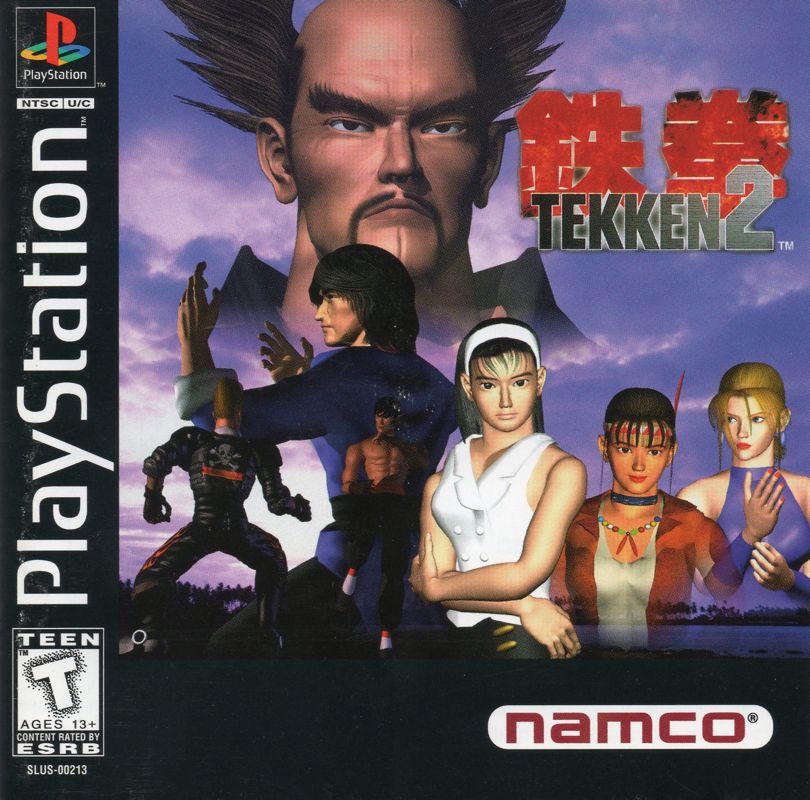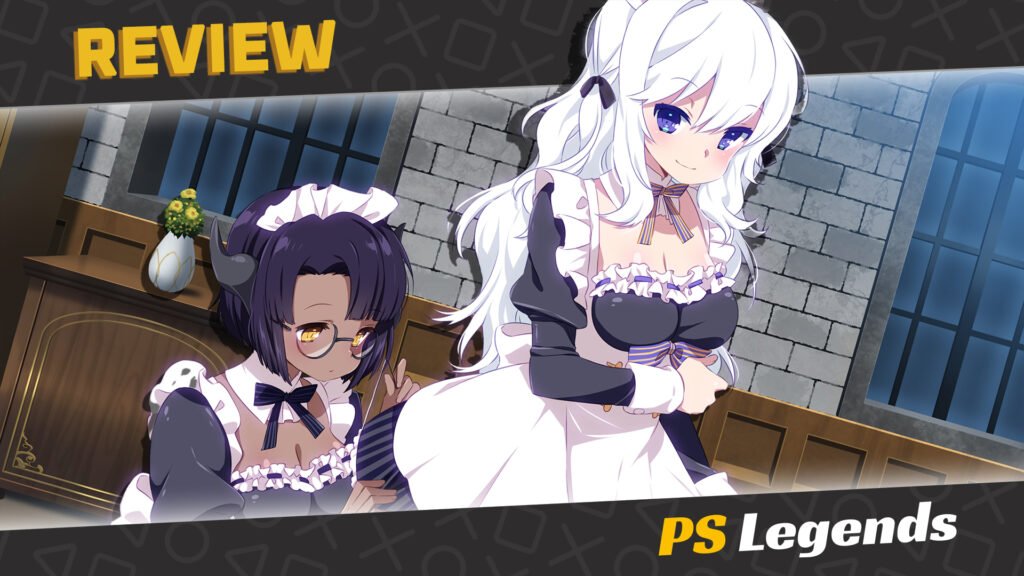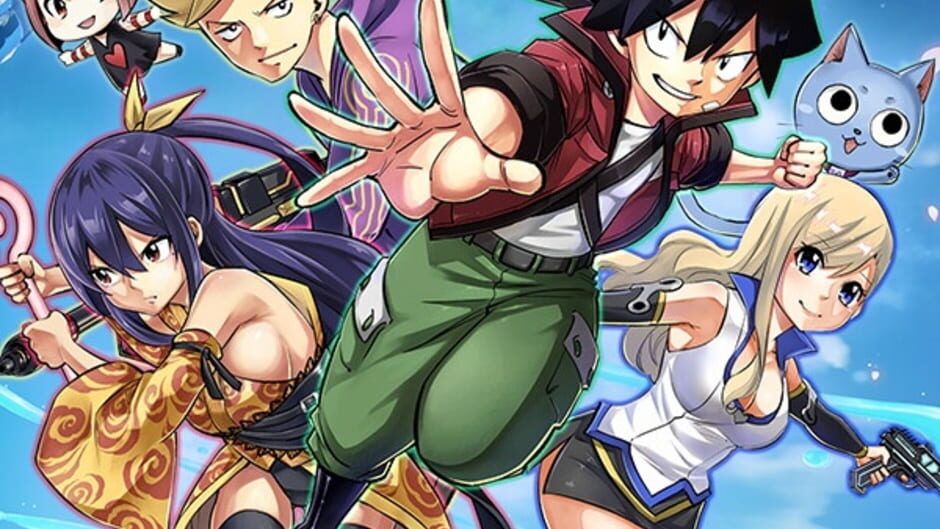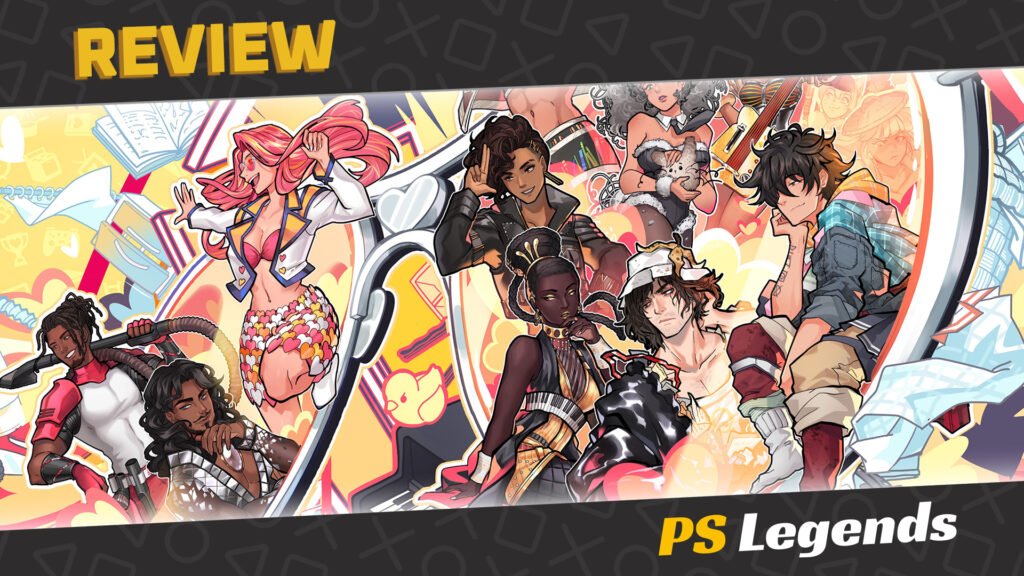Let’s cut to the chase. There’s this game that makes you smash your controller in frustration, yet you can’t resist playing it. It’s a love-hate relationship, and you swear you’ll never touch it again, only to find yourself battling friends in the next moment. That game? Tekken 2. A classic that’s as infuriating as it is irresistible.
You might wonder, what’s the secret behind this game’s enduring appeal? Well, we’re about to dive into the world of Tekken 2, where nostalgia meets gritty fighting action. So, what makes Tekken 2 a timeless classic? Let’s find out.
On This Page
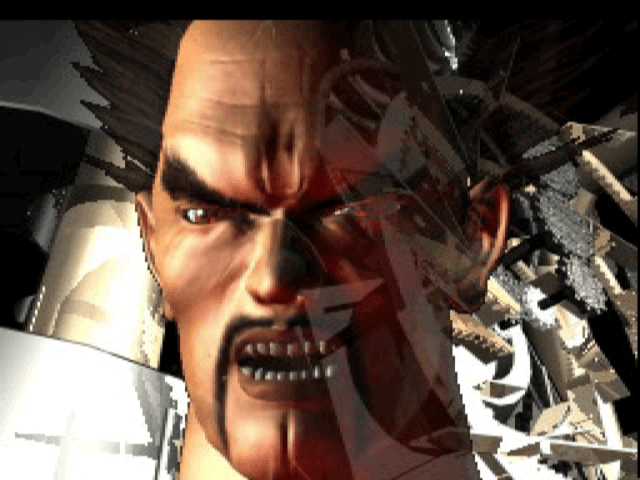
Introduction
After the huge success of Tekken 1, Tekken 2 quickly followed a year later, becoming one of the best fighting games of 1995, surpassing established titles like Mortal Kombat and Street Fighter. The journey began with its first 3D fighting game, and let’s be honest, the original had its share of rough edges. Yet, within that raw core of 1995’s Tekken, you could sense its untapped potential.
However, it wasn’t until Tekken 2 came along that the franchise truly hit its stride. The introduction of Tekken to the PlayStation was undoubtedly one of the best decisions Namco could have made at the time.
Fast forward over 25 years, and revisiting Tekken 2 today is a nostalgic trip that also serves as a stark reminder of how much fighting games have evolved, particularly the Tekken series. Right from the start, it’s clear to see how Tekken 2 has improved, especially in the way the characters look.
Let’s be honest, the characters in the predecessor looked so bad that they didn’t even appear realistic, especially when you compare them side by side. It’s not even a competition.
Now, don’t get me wrong; there’s still enjoyment to be found in Tekken 2, especially if you have fond memories of it. It’s a window to a simpler time in the world of fighting games. Yet, there’s no denying that it’s a bit wonky when it comes to mechanics and character balance.
If you think Tekken 7 dishes out high damage, well, you’ll be in for a shock with Tekken 2, where certain single-hit moves and basic combos can obliterate health bars in the blink of an eye. It’s a bit rough around the edges, to put it mildly. But the key takeaway is that Tekken 2 exemplifies how game developers can sit back, realize their and learn from their previous mistakes.
Overall, the game’s introduction creates a feeling of excitement as you encounter familiar characters and new ones, making you anticipate what’s in store. When you take into consideration the various fight locations available, you can’t help but notice the developers did an excellent job with this game. Imagine fighting at nighttime in Tokyo, in front of the Statue of Liberty, or even in a church.
You’ve got to love how cool and fun they made the game. Sure, Tekken 3 took the franchise to new heights, but it’s not hard to see why Tekken 2 was such a big deal in 1996. With its distinctive visual style and an excellent soundtrack, Namco had already laid the foundation for something truly special.
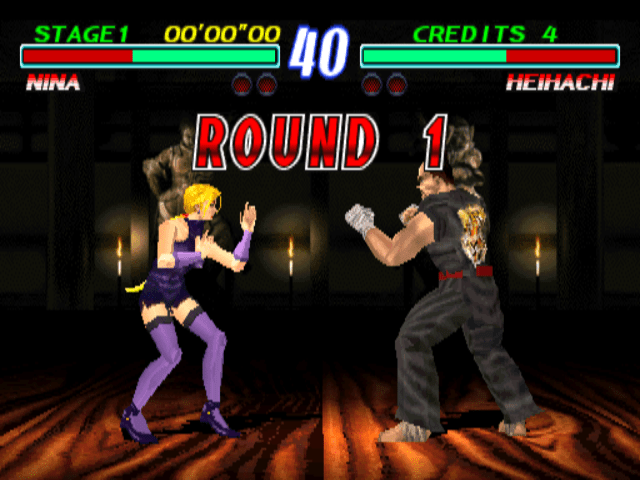
Story
The game picks up where Tekken 1 left off, with Kazuya throwing his father, Heihachi, off a cliff as payback for the same thing happening to Kazuya when he was a child – a fall he miraculously survived.
The Mishima family is clearly a dysfunctional one, as the game ends with someone getting thrown off something, once again! After Heihachi’s survival, he embarks on a personal vendetta to exact vengeance on his son, Kazuya, who now rules the Mishima Zaibatsu and has become more power-drunk and ruthless than his father, thanks to the Devil dwelling inside him due to his hatred for Heihachi.
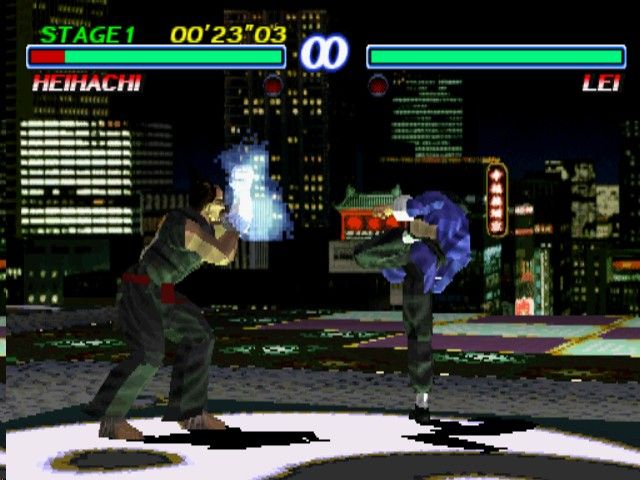
Kazuya organizes a second Iron Fist tournament to draw his father out with a substantial prize. Many characters show up to challenge and fight, each with unique backstories that make them relatable to individual players. For me, it was Yoshimitsu I could relate to the most, not just because of his cool sword and fighting style, but because of his story: he’s trying to save his friend Dr. Bosconovitch.
Who can’t relate to that?
And then you have a kangaroo and a dinosaur equipped with boxing gloves, which was astoundingly quirky at a time when other video game characters were so serious. On the side, you have Heihachi, who has been resting and training to fight his son and ultimately defeats him, but not until the Devil is unleashed to go head-to-head with Heihachi.
Even the Devil proves no match for Heihachi, who defeats him and tosses his son’s body into an active volcano.
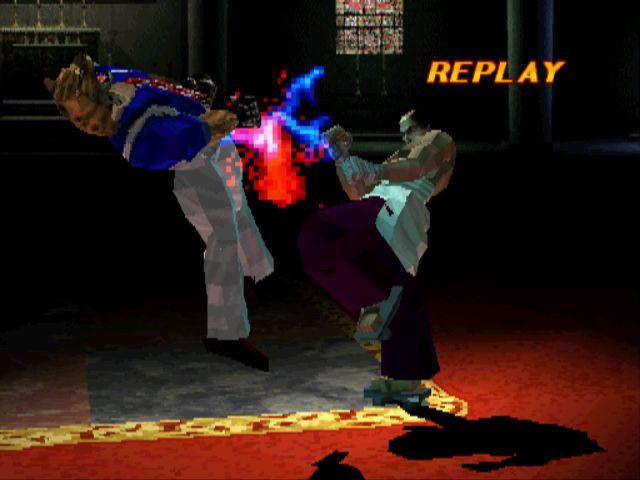
Gameplay
Overall, the plot is quite simple, not particularly exciting, and feels like a continuation from the first game with a similar ending. However, it remains enjoyable thanks to the addition of several characters – 25 in total. Although you start with just 10, you can unlock the rest as you progress in the game. From the original title, we’ve got some familiar faces making a comeback, like Yoshimitsu, King, Law, Nina, Michelle, and Paul. And guess what? Heihachi joins the playable squad too!
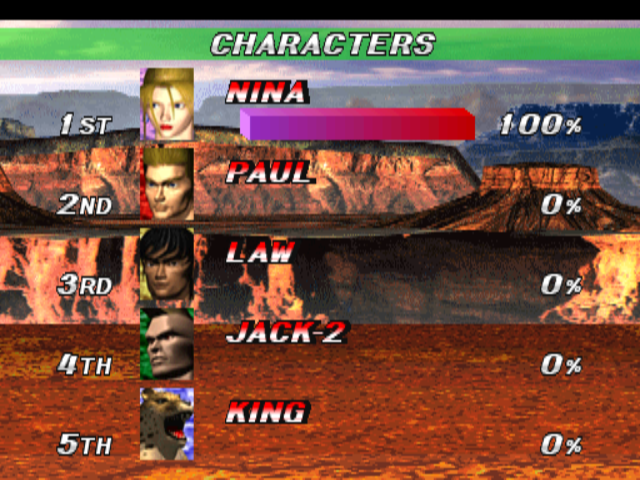
But wait, there’s more.
Some other returning favorites are locked away initially, but you can unlock them. These include Prototype Jack, Anna, Armor King, Ganryu, Kuma, Lee, Kunimitsu, Wang, and both Kazuya and Devil (who’s the big boss in the game).
Now, for the exciting part, this game introduces some fresh faces. First up, we have Jack 2. Think of him as the cooler, upgraded version of the original Jack android. He’s been fine-tuned specifically for this second tournament, ready to rock the ring. Next, we’ve got Lei. He’s not your typical Hong Kong police officer.
He’s on a special mission to take down Kazuya, and where’s he heading for this mission? You guessed it, straight into the heart of the tournament action. And then, there’s Jun, a government official with a unique task. She’s out to track down and arrest Kazuya. It’s a mission shrouded in mystery. Now, here’s the exciting part: if you’re worried about these new characters being locked at the start, don’t sweat it.
You have the power to unlock Roger (yes, a kangaroo with a twist), Alex (a genetically modified dinosaur), Angel (a counterpoint to Devil), Bruce (a formidable kickboxer), and Baek (a skilled martial artist looking to challenge Law). It’s a mix of classic, new, and hidden gems just waiting for your exploration.
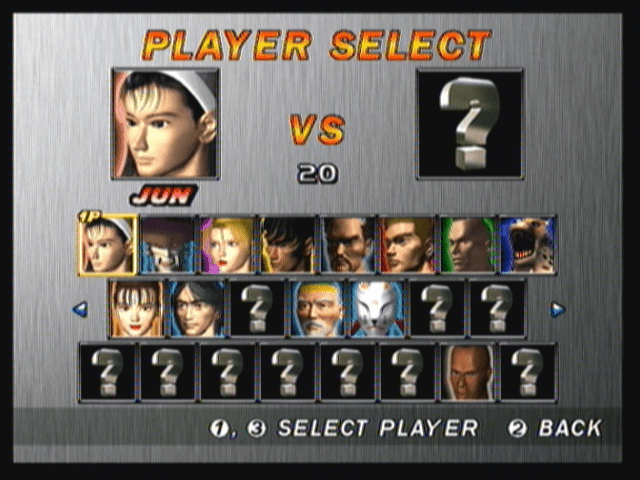
Combat
Apart from the extra characters, the game has been upgraded in every aspect. It offers double the number of moves and combos for each character, setting a new standard as other major competitors didn’t have as many moves or execute them as effectively. You can check each character’s special combos during a fight, setting a precedent for many other games.
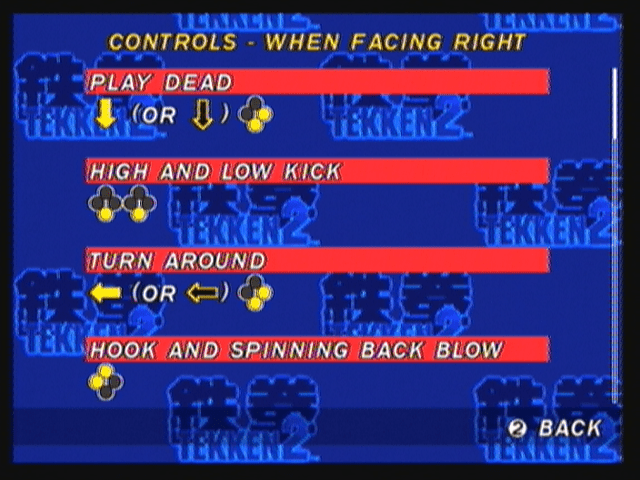
Tekken 2 introduced new moves like back throws, which allow you to perform an inescapable throw causing significant damage to your opponent, and reversals, which enable you to use your opponent’s move against them if you time it correctly, though it takes practice to master. With this being the first 3D Tekken game, you now have the ability to side-step and roll out of your opponents’ attacks, making the game more interesting.

These moves can be countered with enough practice, and different characters have unique playstyles. Some characters are high-risk, high-reward, dealing massive blows but working better in close-contact engagements. But there’s a charming quality to old-school Tekken. It’s like a time machine that takes you back to the early days of fighting games.
Even at this early stage in the series’ development, the character roster oozes personality, and the attacks deliver a satisfying, pixelated punch, complete with vintage blood effects. Tekken 2 offers various modes to sharpen your skills with your favorite character. Training mode helps you get familiar with special combos and moves, while arcade mode lets you fight a set number of opponents before facing a final boss.
Versus mode is a favorite, allowing you to play against the computer or with a friend. Survival mode is a new addition, where you play until your health bar is depleted. Time attack mode is essentially arcade mode with a countdown timer to finish as quickly as possible, and there’s team battle mode, which lets you create a team of up to 8 characters and fight until one is left standing. However, the ending cutscenes are short and somewhat meaningless.
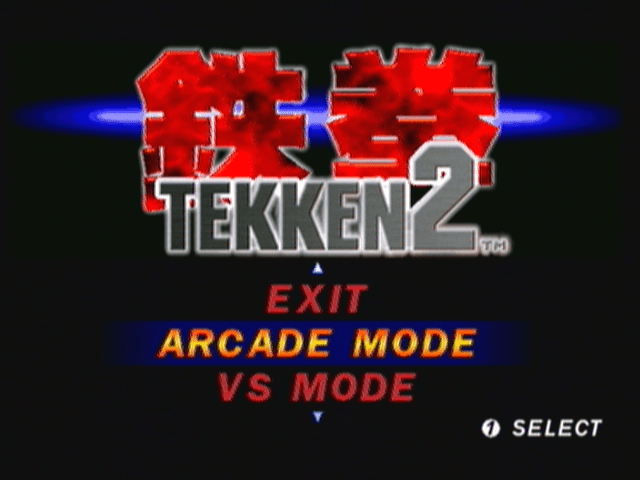
Graphics/Audio
Tekken 2 is here, and it’s stepping up its graphics game. You might remember the first Tekken being a bit blocky, but in Tekken 2, those blocky edges have been smoothed out, giving the characters a much sleeker appearance. But what really catches your eye are the impressive lighting effects in some of the game’s arenas.
It’s like they’ve turned up the wow factor to make the game visually pop. These improvements not only make the game look better but also create a more immersive experience. Now, I can’t discuss Tekken 2 without applauding its masterpiece soundtrack. Each character having their own theme song fits perfectly with their backstory and sets the mood for the fight, especially the final boss.
The music has remained in players’ heads for years, evoking nostalgia whenever something similar is played.
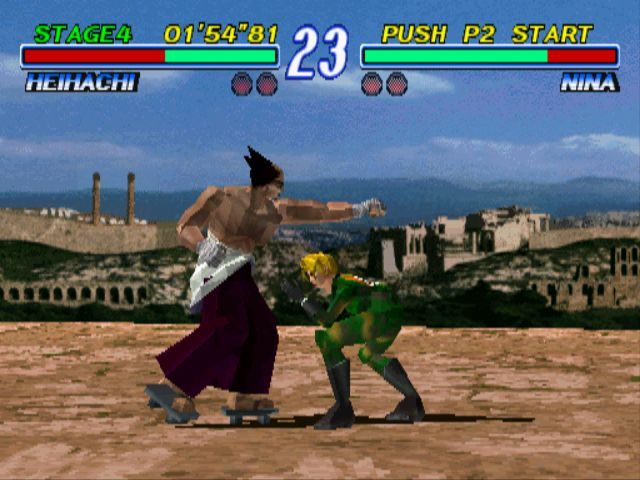
Replayability
Overall, the game doesn’t have much replay value, though. After playing it once or maybe twice, I don’t see why I or anyone else would want to revisit the game, especially with annoying issues like the pause where, after a character falls, they have to stay on the ground for about 3 seconds. It’s an annoying flaw, but thankfully that got fixed in the later games, and there isn’t much to do.
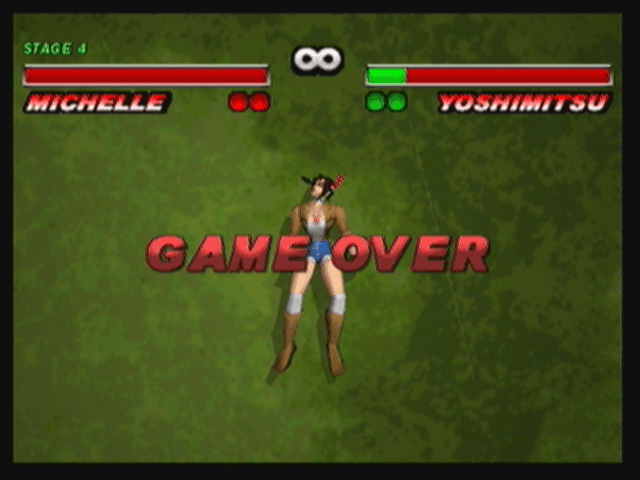
I mean, after completing the main story, unlocking all the characters, and maybe playing a few select modes a couple of times (which will take you less than 4 hours), it can seem very boring to go back to, and when set to the highest difficulty, it can be almost impossible to defeat the final bosses, but it’s still possible.
Although, Team Battle Mode is like a magnet for gamers – it’s addictive, and it’s the go-to mode for many of us (especially if you’re prone to controller-throwing when you lose). However, it’s important to note that as captivating as it is, this mode doesn’t directly contribute to the game’s story. But don’t despair just yet! It may not be directly tied to the storyline, but it does add some extra replay value to the game.
Regardless, you can still have a lot of fun playing it with a couple of friends to reminisce about the good old days when the game was still fresh; And hell, I still do it.
Conclusion
In conclusion, Tekken 2 is one of my favorite games in the series from my youth. Constantly challenging myself to learn each character’s unique abilities and evade opponents’ attacks was very interesting. The music made the game more enjoyable, and the upgraded graphics were a significant improvement.
This game not only marked a significant improvement over its predecessor but also set the stage for the future of the Tekken series. With its expanded character list, innovative 3D graphics, and iconic soundtrack, it carved out its place in the annals of gaming history. Even though it may not offer extensive replay value for today’s players, it still holds a special spot in the hearts of those who remember the excitement of its release.
Revisiting Tekken 2 is not just a trip down memory lane; it’s a tribute to the enduring impact of classic games and their role in shaping the gaming landscape. So, while it may not be perfect, it remains a beloved gem in the treasure chest of video game history, reminding us of the joys and frustrations that made it an unforgettable classic.
Joys
- As the first 3D Tekken game, it allows players to sidestep and roll out of opponents’ attacks, introducing new dynamics to battles.
- Each character has unique special combos, adding depth and strategy to the gameplay.
- The game boasts a wide array of 25 characters, including both old favorites and intriguing newcomers.
Cons
- Some game mechanics and character balance are rough and unrefined, leading to occasional frustration.
- Defeating the final bosses can be extremely challenging.
- The game may lose its appeal quickly due to limited replay value after completing the main story and unlocking characters.
